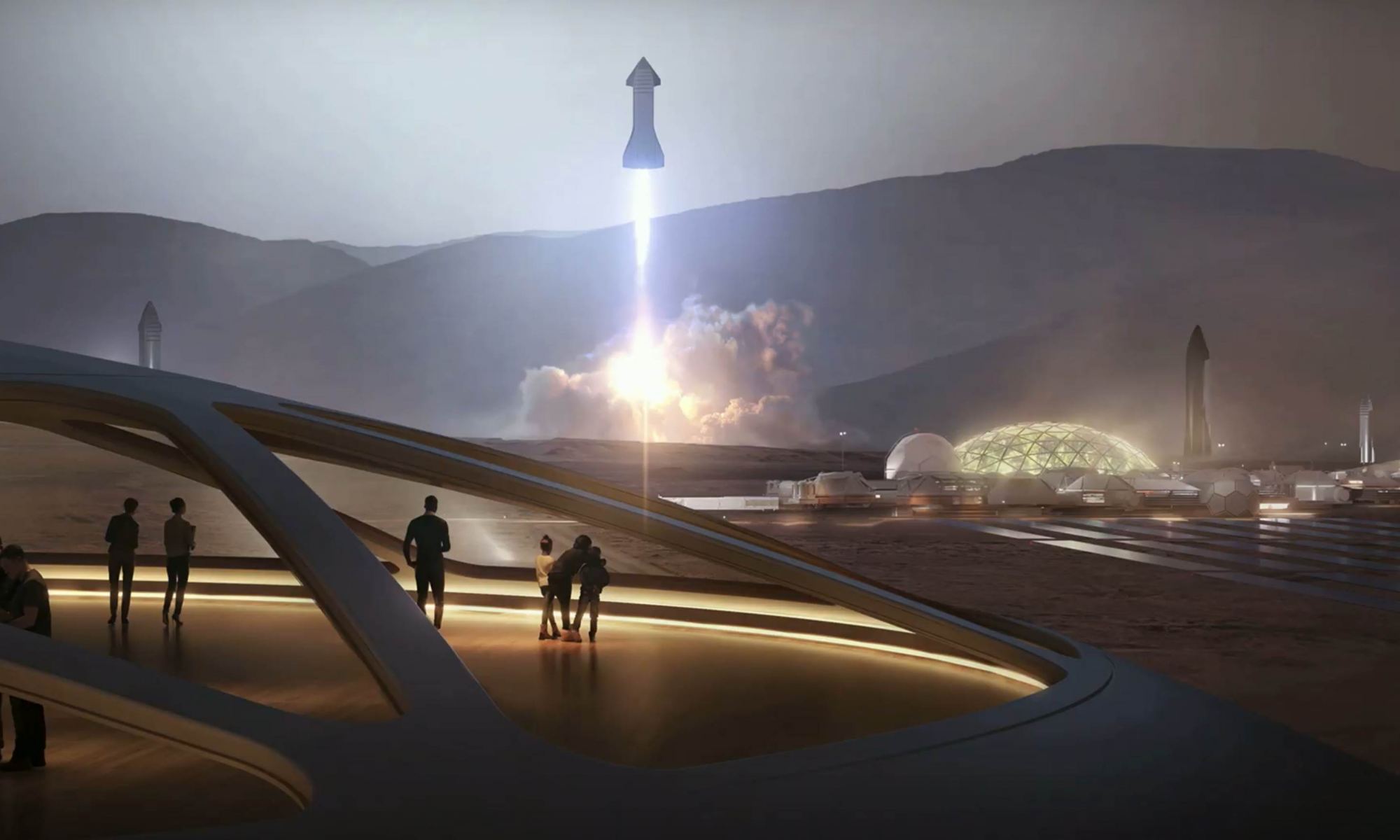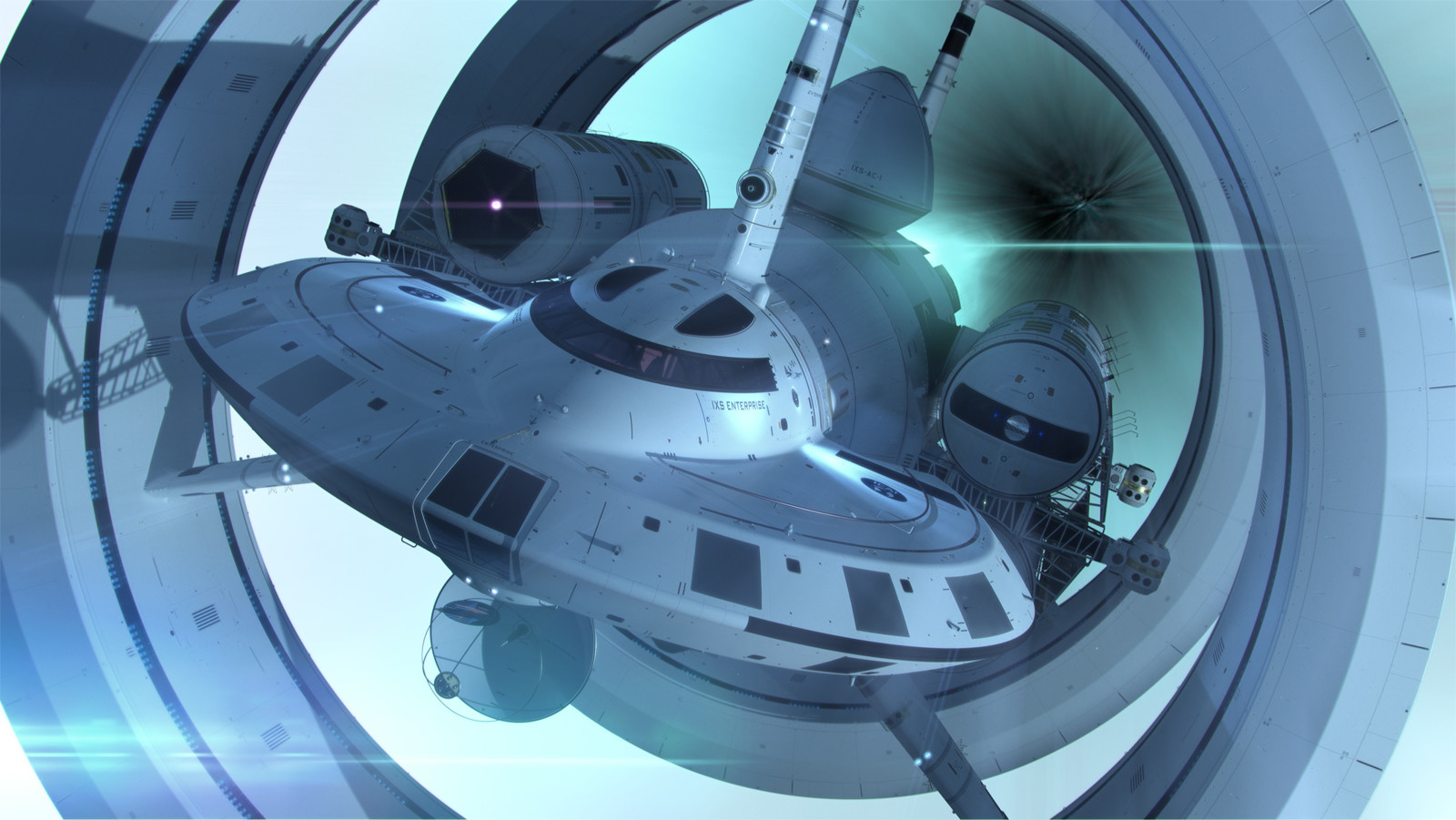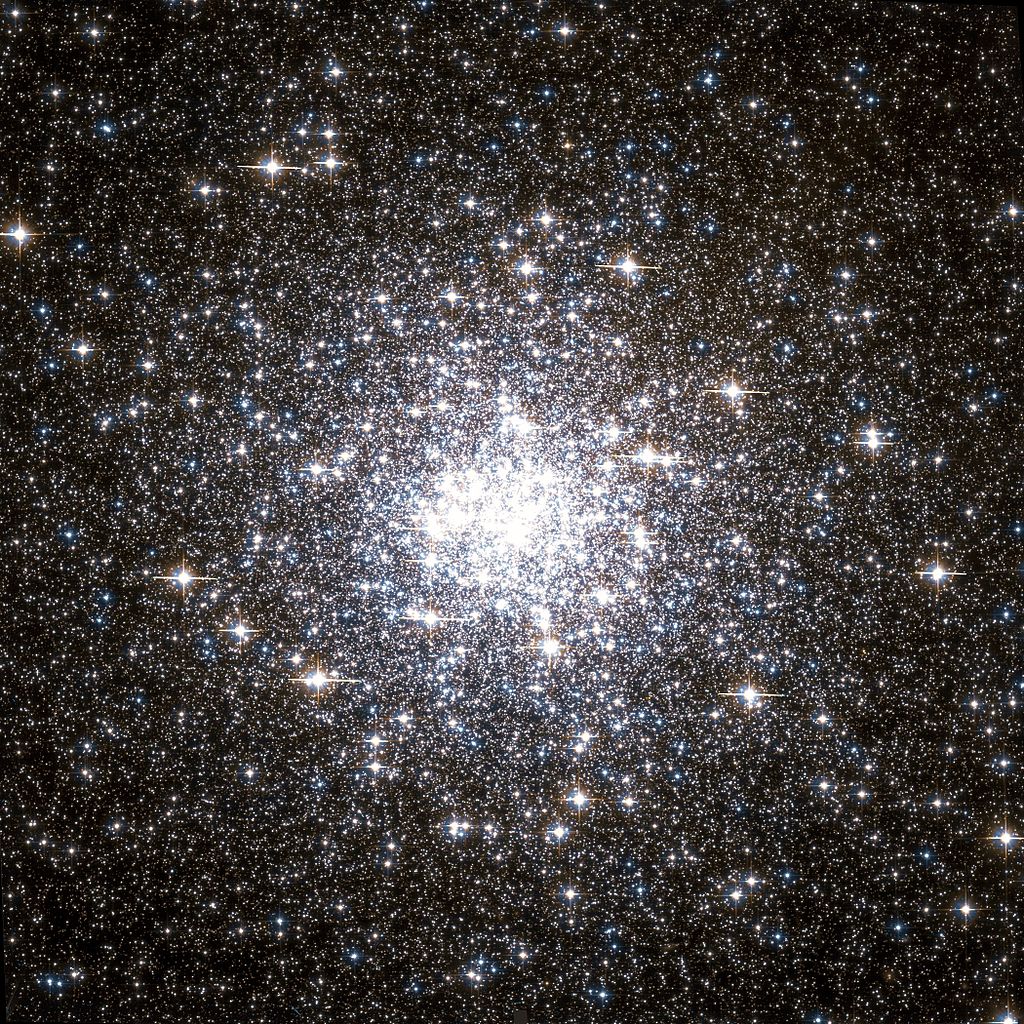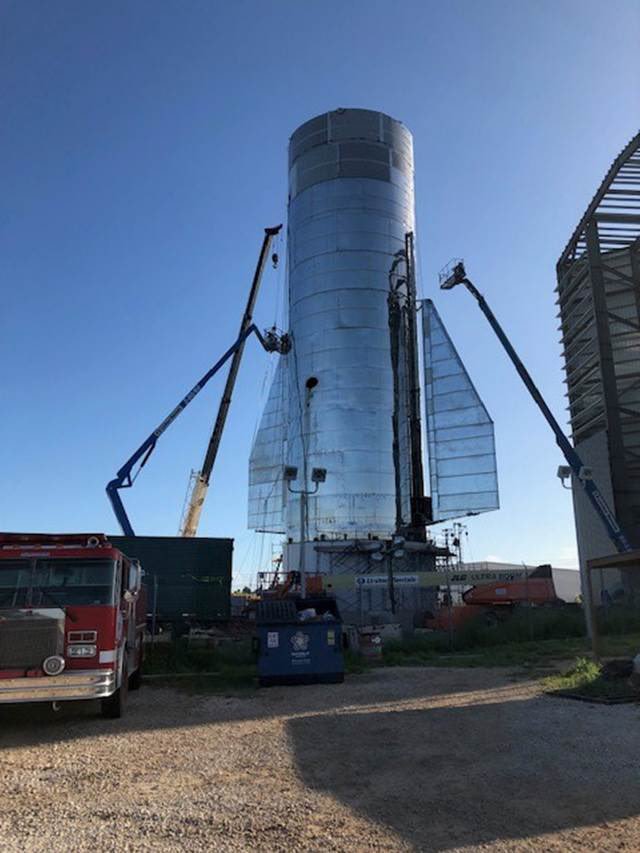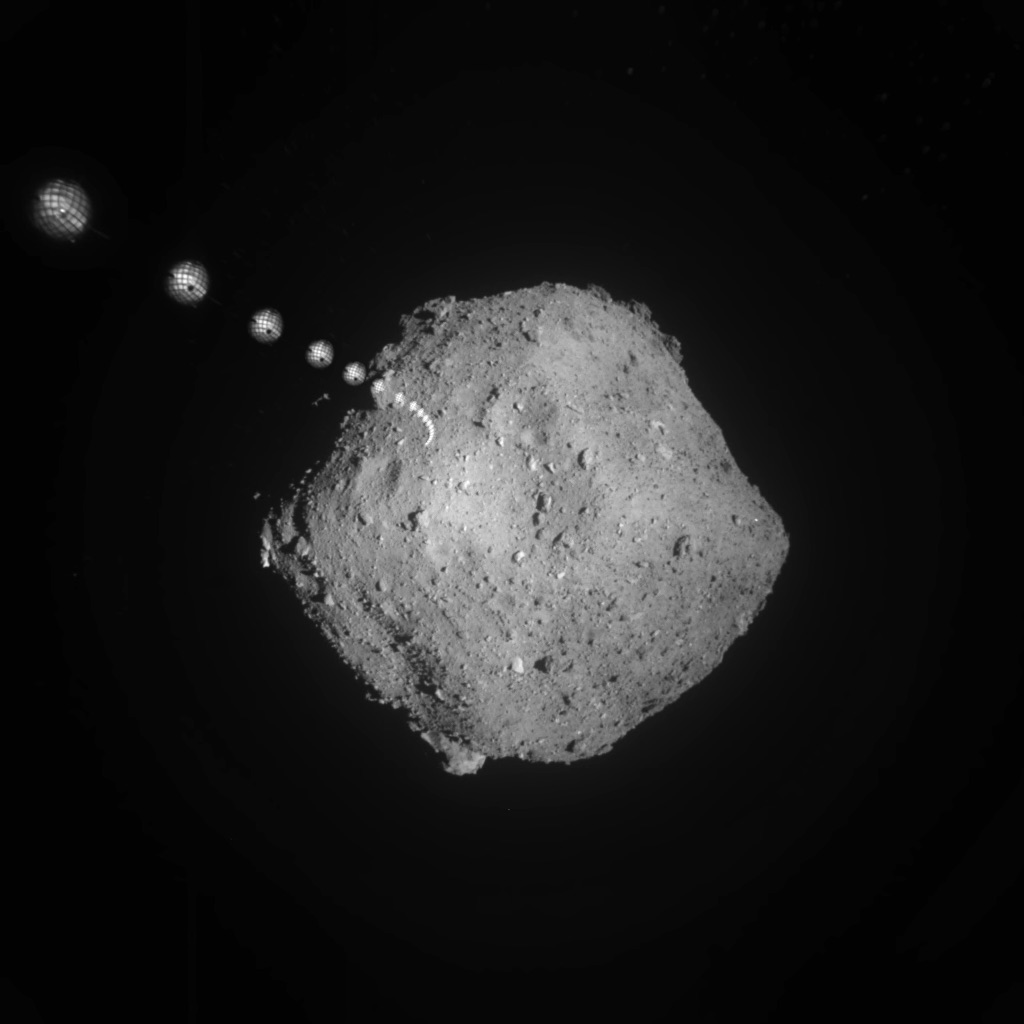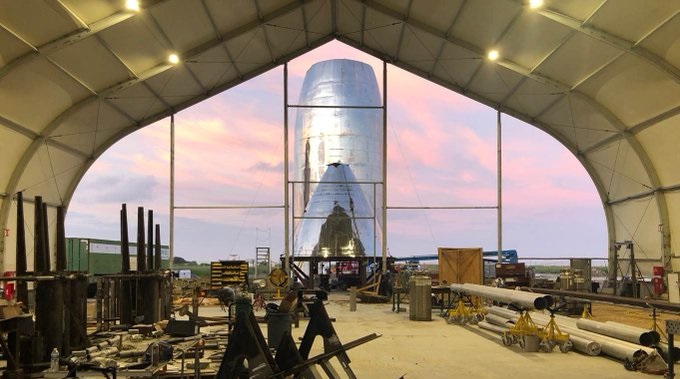On Saturday, Sept. 28th, SpaceX founder Elon Musk presided over a media circus at their testing facility in Boca, Chica, Texas. With the fully-assembled Starship Mk.1 as his backdrop, Musk shared the latest updates on the Starship launch system, which include a timetable for when the first test-flights, commercial flights and crewed flights will commence. Sometime next year, he promised, it will begin taking passengers to space!
Continue reading “Musk Presents the Orbital Starship Prototype. Flights will Begin in Six Months”New Technique for Estimating the Mass of a Black Hole
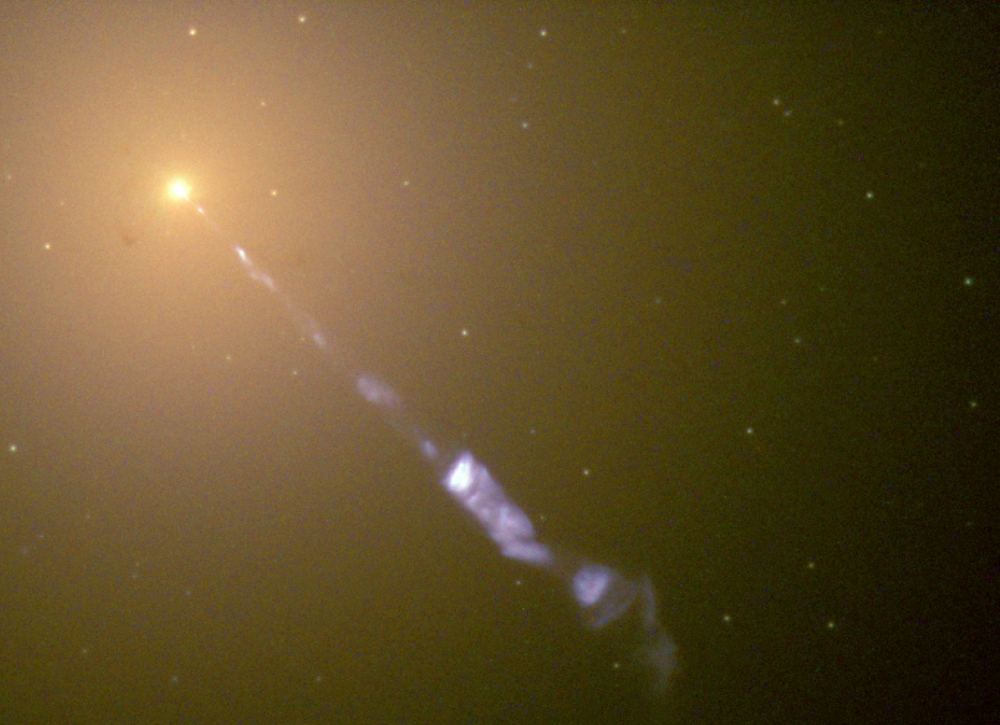
Black holes are the one the most intriguing and awe-inspiring forces of nature. They are also one of the most mysterious because of the way the rules of conventional physics break down in their presence. Despite decades of research and observations there is still much we don’t know about them. In fact, until recently, astronomers had never seen an image of black hole and were unable to guage their mass.
However, a team of physicist from the Moscow Institute of Physics and Technology (MIPT) recently announced that they had devised a way to indirectly measure the mass of a black hole while also confirming its existence. In a recent study, they showed how they tested this method on the recently-imaged supermassive black hole at the center of the Messier 87 active galaxy.
Continue reading “New Technique for Estimating the Mass of a Black Hole”WFIRST Gets its Coronagraph, to Block the Light of Stars and Reveal Their Planets
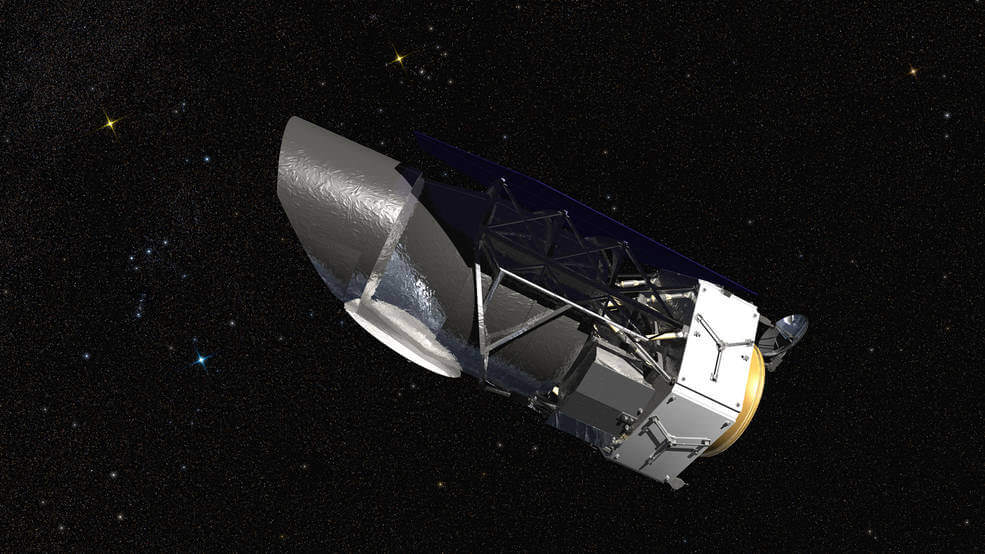
In the next decade, NASA will be sending some truly impressive facilities to space. These include the next-generation space telescopes like the James Webb Space Telescope (JWST) and the Wide-Field Infrared Space Telescope (WFIRST). Building on the foundation established by Hubble, WFIRST will use its advanced suite of instruments to investigate some of the deepest mysteries of the Universe.
One of these instruments is the coronagraph that will allow the telescope to get a clear look at extra-solar planets. This instrument recently completed a preliminary design review conducted by NASA, a major milestone in its development. This means that the instrument has met all design, schedule and budget requirements, and can now proceed to the next phase in development.
Continue reading “WFIRST Gets its Coronagraph, to Block the Light of Stars and Reveal Their Planets”Lockheed Wins the Contract to Build Six More Orion Capsules
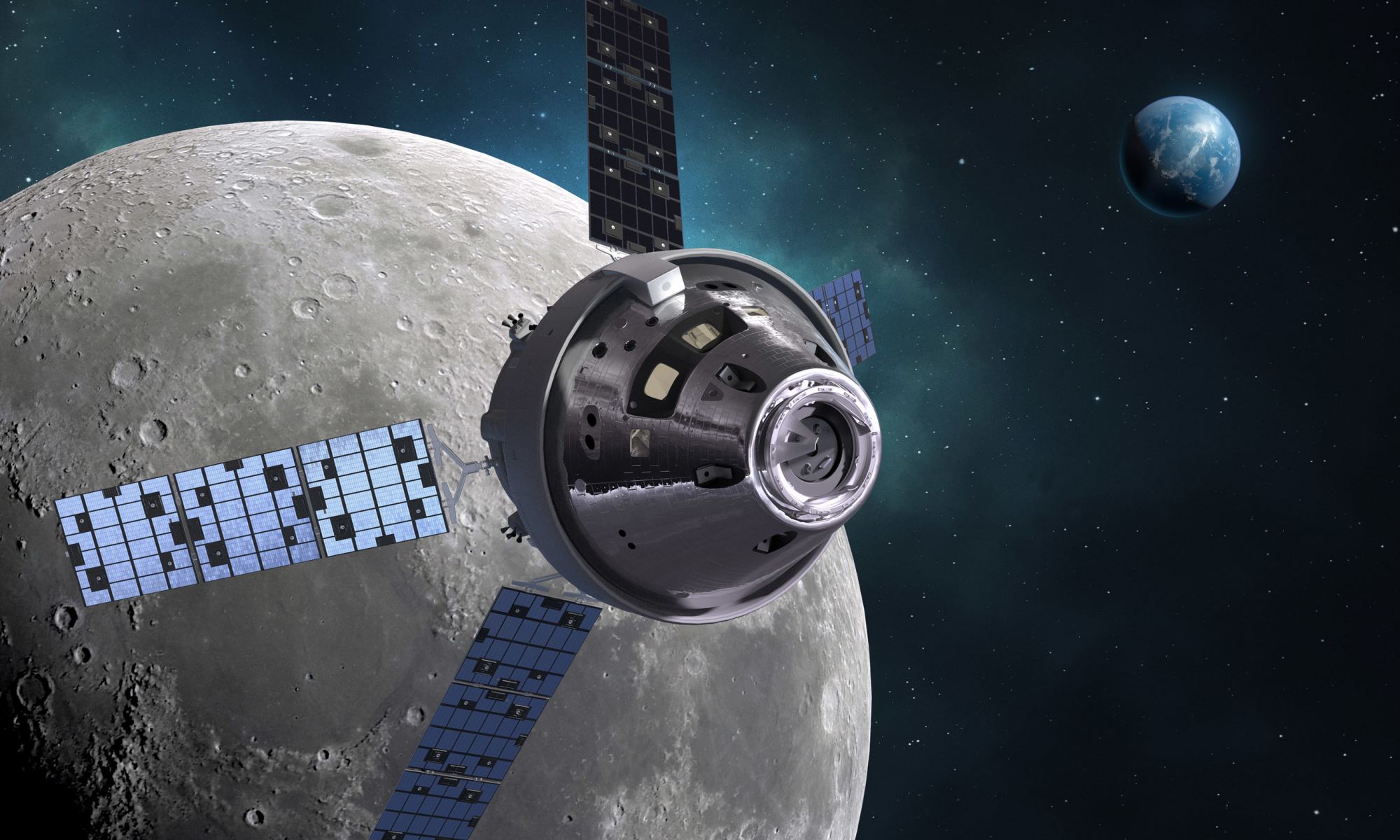
When NASA sends astronauts back to the Moon and to Mars, the Orion Multipurpose Crew Vehicle (MPCV) will be what takes them there. To build these next-generation spacecraft, NASA contracted aerospace manufacturer Lockheed Martin. Combined with the massive Space Launch System (SLS), the Orion spacecraft will allow for long-duration missions beyond Low Earth Orbit (LEO) for the first time in over 50 years.
On Monday, Sept. 23rd, NASA and Lockheed Martin announced that they had finalized a contract for the production and operations of six missions using the Orion spacecraft, with the possibility of up to twelve being manufactured in total. This fulfills the requirements for NASA’s Project Artemis and opens the possibility for further missions to destinations like Mars and other locations in deep-space.
Continue reading “Lockheed Wins the Contract to Build Six More Orion Capsules”Just How Feasible is a Warp Drive?
It’s hard living in a relativistic Universe, where even the nearest stars are so far away and the speed of light is absolute. It is little wonder then why science fiction franchises routinely employ FTL (Faster-than-Light) as a plot device. Push a button, press a pedal, and that fancy drive system – whose workings no one can explain – will send us to another location in space-time.
However, in recent years, the scientific community has become understandably excited and skeptical about claims that a particular concept – the Alcubierre Warp Drive – might actually be feasible. This was the subject of a presentation made at this year’s American Institute of Aeronautics and Astronautics Propulsion and Energy Forum, which took place from August 19th to 22nd in Indianapolis.
Continue reading “Just How Feasible is a Warp Drive?”Messier 92 – the NGC 6341 Globular Cluster
Welcome back to Messier Monday! Today, we continue in our tribute to our dear friend, Tammy Plotner, by looking at the globular cluster known as Messier 92!
During the 18th century, famed French astronomer Charles Messier noticed the presence of several “nebulous objects” while surveying the night sky. Originally mistaking these objects for comets, he began to catalog them so that others would not make the same mistake. Today, the resulting list (known as the Messier Catalog) includes over 100 objects and is one of the most influential catalogs of Deep Space Objects.
One of these objects is Messier 92, a globular cluster located in the northern constellation of Hercules. This cluster lies at a distance of 26,700 light-years from Earth and is also approaching our galaxy at a speed of about 112 km/s (403,200 km/h; 250,500 mph) – which means it will eventually merge with our own. With an average estimated age of 14.2 billion years (± 1.2 billion years), it is almost as old as the Universe itself!
Continue reading “Messier 92 – the NGC 6341 Globular Cluster”SpaceX Starship Gets Some Fins
Earlier today, Elon Musk posted another update via Twitter on the progress of the Starship prototype. Images taken from the company’s South Texas Launch Site near the town of Boca Chica show the Starship Mk.1 being equipped with two new tail fins. According to the usual Q&A that accompanied one of Musk’s post, these fins are intended to stabilize the Mk.1 during takeoff and landing.
Continue reading “SpaceX Starship Gets Some Fins”Venus Could Have Supported Life for Billions of Years
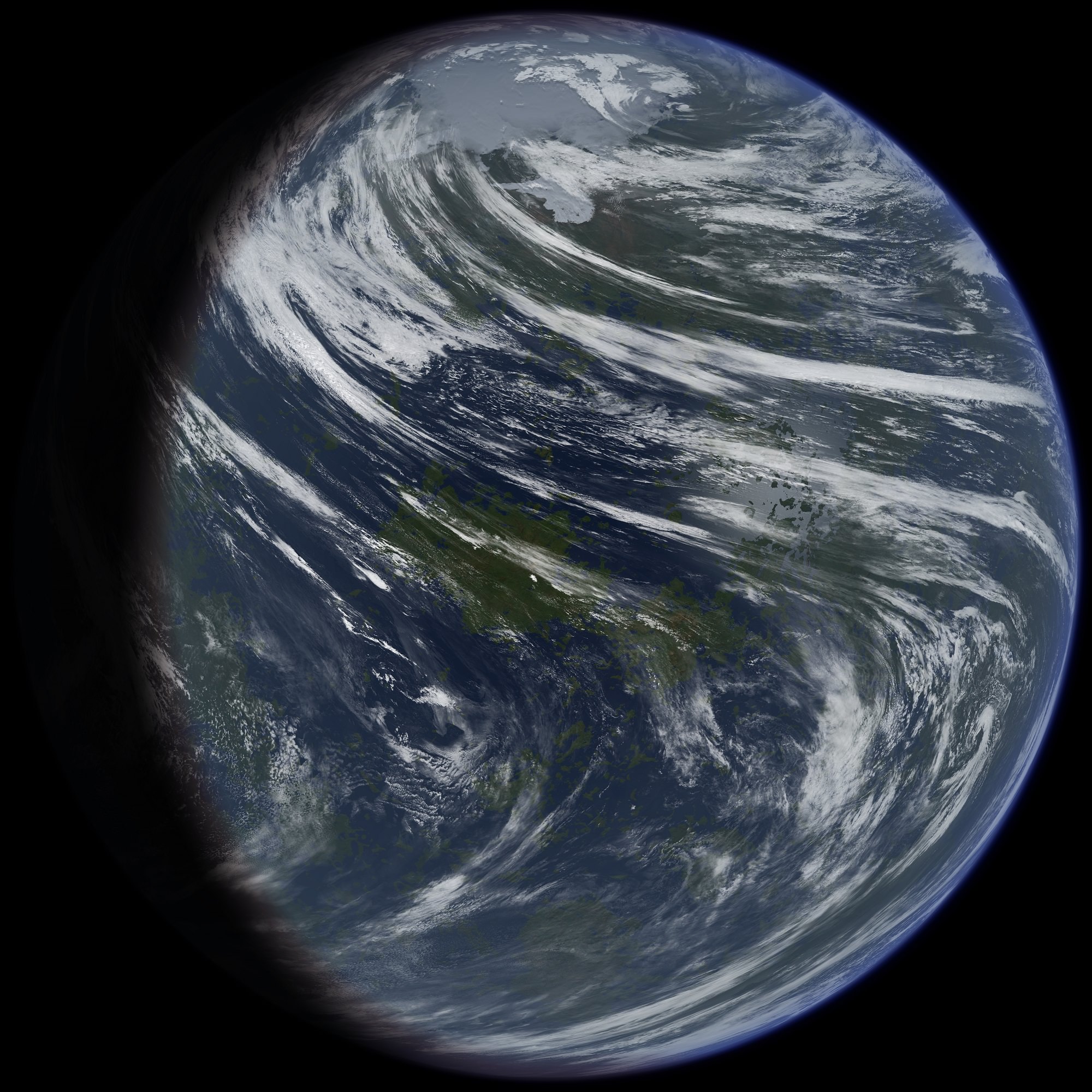
In 1978, NASA’s Pioneer Venus (aka. Pioneer 12) mission reached Venus (“Earth’s Sister”) and found indications that Venus may have once had oceans on its surface. Since then, several missions have been sent to Venus and gathered data on its surface and atmosphere. From this, a picture has emerged of how Venus made the transition from being an “Earth-like” planet to the hot and hellish place it is today.
It all started about 700 million years ago when a massive resurfacing event triggered a runaway Greenhouse Effect that caused Venus’s atmosphere to become incredibly dense and hot. This means that for 2 to 3 billion years after Venus formed, the planet could have maintained a habitable environment. According to a recent study, that would have been long enough for life to have emerged on “Earth’s Sister”.
Continue reading “Venus Could Have Supported Life for Billions of Years”Hayabusa 2 has one Last Lander it’s Going to Throw at Ryugu
On June 27th, 2018, the Japanese Aerospace Exploration Agency‘s (JAXA) Hayabusa2 spacecraft reached asteroid 162173 Ryugu. As part of JAXA’s program to study Near-Earth Asteroids (NEAs), this mission has spent over a year conducting landing operations, shooting up the surface with “bullets” and an anti-tank warhead, and collecting samples from the surface and interior that will eventually be returned to Earth.
This past Monday (Sept. 16th), Hayabusa2 released two target markers as part of its “target marker separation operation” (which ran from Sept. 12th to Sept. 17th). This consisted of two 10 cm (4 in) balls covered in reflective material being released in orbit around Ryugu. This operation puts the mission a step closer to the deployment of the mission’s MINERVA-II2 Rover-2, which will be landing on the asteroid’s surface next month.
Continue reading “Hayabusa 2 has one Last Lander it’s Going to Throw at Ryugu”Musk Shares the Latest Progress on the Starship Prototypes
SpaceX is getting closer to its making its next big leap with the Starship super-heavy launch system. With hover tests now complete, the public is eagerly awaiting the completion of the full-scale prototypes and for orbital testing to begin. Never one to disappoint, Elon Musk has been posting regular updates on Twitter showcasing the latest progress of the Starship Mk.1 and Mk.2.
Continue reading “Musk Shares the Latest Progress on the Starship Prototypes”
